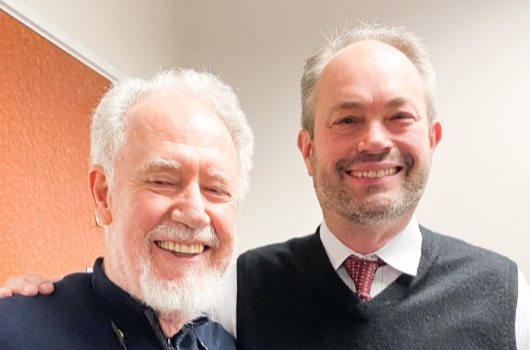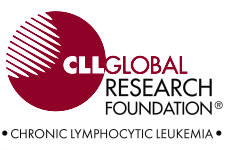CLL Treatment Strategies
There is no doubt that CLL research has become a global cooperative effort. In recent weeks, two significant international meetings were held. The first one was the German CLL Study Group a meeting held in mid-September to discuss emerging issues in CLL. Secondly, the MD Anderson Cancer Center leukemia group hosted “Leukemia 2008” at the end of September. Both of these symposia confirmed the importance of the five themes of the U.S./European Alliance.
The good news is that the chemoimmunotherapy program of fludarabine, cyclophosphamide, and rituximab (FCR) continues to be recognized as the “gold standard.” Presentations at both meetings illustrated FCR’s ability to obtain complete remissions in more than two-thirds of patients with very long remissions being obtained. The meetings also highlighted the developments of new agents such as lenalidomide (Revlimid) and the new antibody, ofatumumab (formerly known as HuMax CD20). Very active programs are in place for the management of patients over the age of 65 with lenalidomide, which is not a chemotherapy drug but an immune boosting drug, and an agent which starves the leukemic cells of nutrition from their stroma. Ofatumumab has recently been announced to have marked activity in a very refractory group of patients and will hopefully be approved for use in CLL in early 2009. Members of the U.S./European Alliance have played a major role in developing both of these treatment strategies.
Great interest is being expressed in the gene therapy and vaccine therapy approaches and restoration of the immune system. These therapies use the patient’s own immunity to resist recurrence of the leukemic cells. It is evident (and gratifying) that members of the U.S./European Alliance continue to be recognized as the world’s CLL leaders in this arena.
During both meetings, new findings on the genetics of CLL were presented. There is increasing evidence that there are multiple susceptible gene areas in familial patients with CLL. This obviously is still a work in progress, but significant new information should be available within the next year or two. Also the deletion of 13q (FISH cytogenetic abnormality) is being evaluated to determine its importance in the development of CLL and why it may be a “favorable” indicator.
Scientists are now looking at a gene therapy approach to replace the loss of tiny gene sequences (micro-RNA 15 and 16). Because these genes can be manufactured, they may well allow the leukemic cells to return to normal. We are also learning more about the 17p deletion patients who have many abnormalities in the function of a key protein called p53. A number of treatments are now being developed which are effective in this refractory group of patients. There is more and more evidence that the immune system is able to effectively fight against CLL. To date, this has been undertaken with transplants from family members or unrelated matched donors but there is real optimism that we will be able to train the patient’s immune system to specifically react against the CLL.
It is gratifying to see the pace of development of new approaches and application of the molecular, biologic and immunologic findings into the clinic to benefit CLL patients. These are truly exciting times and promise to lead to curative strategies for a number of patients in the next few years.
CLL: Where We Have Been and Looking to the Future
Renowned CLL experts Dr. Michael Keating and Dr. William Wierda talk with Patient Power Founder Andrew Schorr about the evolution of CLL care and the ways CLL Global Research Foundation is investing in the future.

